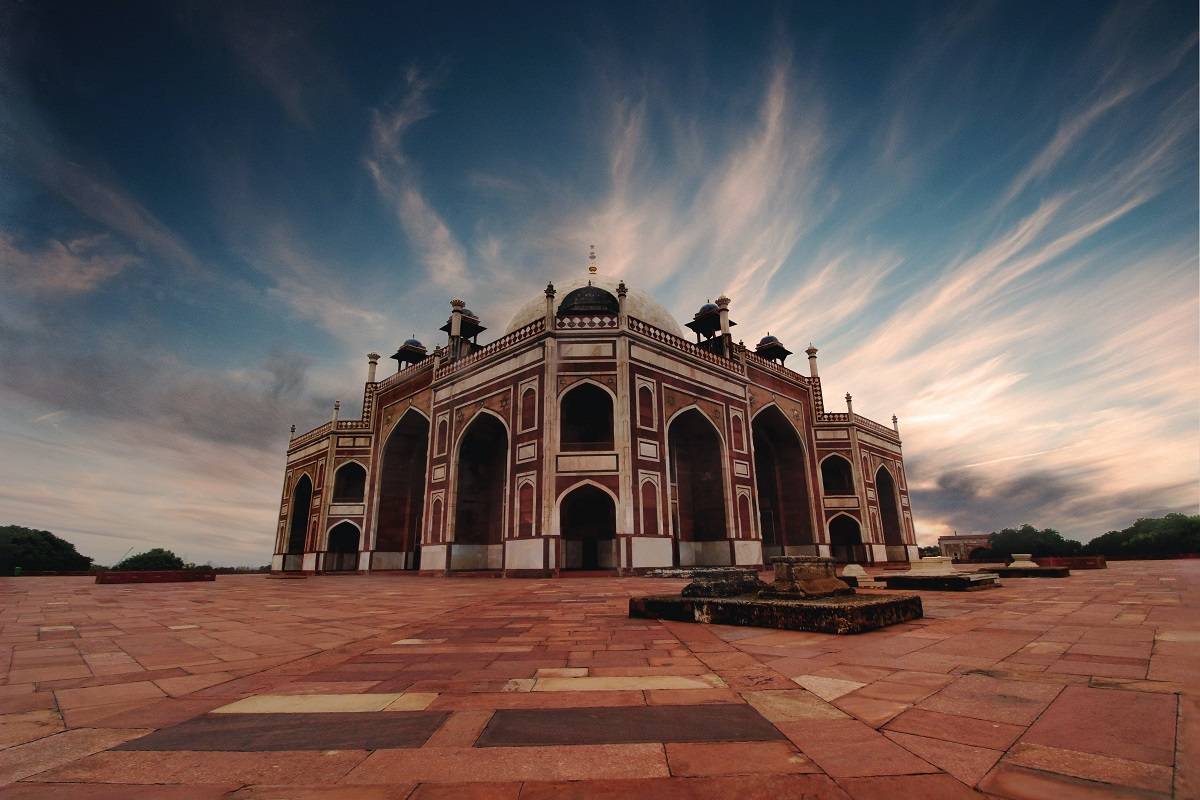
The India Meteorological Department (IMD) recently announced that Delhi experienced its most refreshing May in 36 years, as abundant rainfall brought down the average maximum temperature to 36.8 degrees Celsius.
Kuldeep Srivastava, the chief of IMD's regional forecasting division, revealed that in May 1987, Delhi had an average maximum temperature of 36 degrees Celsius.
He stated, "The average maximum temperature in May this year, reaching 36.8 degrees Celsius, is the lowest recorded since that time."
In May, there were just nine days when the maximum temperatures surpassed 40 degrees Celsius, leading to heat wave conditions affecting certain areas of the national capital for two days.
Kuldeep Srivastava elaborated, saying, "During the pre-monsoon season, the Safdarjung Observatory, which serves as a representative for Delhi, did not observe any heat wave this year. This is the first occurrence of such an event since 2014."
In the previous year, the weather station documented a total of 13 heat wave days throughout the pre-monsoon season, with nine occurring in April and four in May. Comparatively, there was only one heat wave day in 2021, four in 2020, and one in 2019 during the same time frame.
A heat wave is officially declared when the maximum temperature at a particular weather station reaches or exceeds 40 degrees Celsius in the plains, 37 degrees Celsius in coastal areas, and 30 degrees Celsius in hilly regions, accompanied by a minimum deviation of 4.5 notches from the average temperature.
In Delhi, May is known for being the hottest month, typically featuring a mean maximum temperature of 39.5 degrees Celsius. However, this May experienced a significant departure from the norm as it received 111 mm of rainfall, 262 per cent higher than the long-term average of 30.7 mm.
According to the records maintained by the India Meteorological Department (IMD), this rainfall measurement ranks as the fourth-highest monthly rainfall in Delhi. The top three highest monthly rainfall figures include 165 mm in 2008, 144.8 mm in 2021, and 129.3 mm in 2002.
In April, the city experienced rainfall exceeding 20 mm, marking the highest precipitation in a single month since 2017. Additionally, certain localized areas also witnessed heat wave conditions during this period.
Meteorologists attribute the surplus rainfall and below-average temperatures during the pre-monsoon season (March to May) to unusually intense western disturbances originating from the Mediterranean region, causing unseasonal rainfall in northwest India.
"Typically, the northern plains witness around five to six western disturbances in April and May," stated Srivastava. "However, this time we observed ten western disturbances, most of which were quite strong."
He further added, "While this occurrence is unusual, we cannot directly attribute it to climate change without concrete evidence. There is no discernible pattern."
According to the India Meteorological Department (IMD), Delhi received a total of 184.3 mm of rainfall during the pre-monsoon season (March to May), which is a significant 186% above the average rainfall.
















